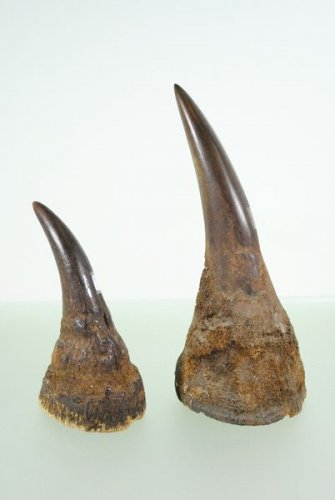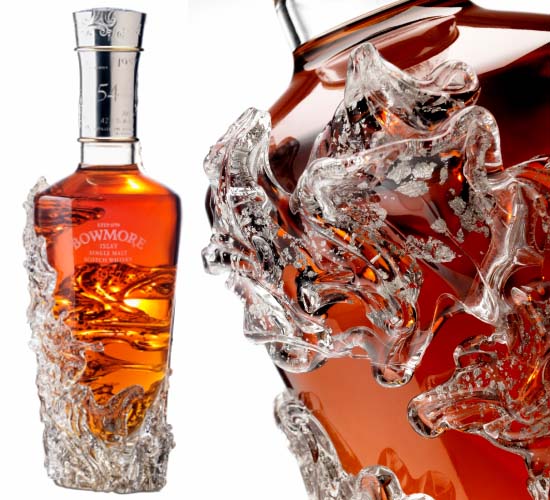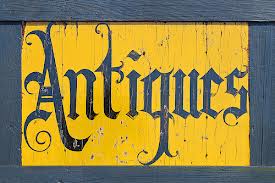The Rules on Antique Rhino Horn
MOST antiques that include the parts and derivatives of endangered species enjoy an exemption from CITES controls known as the “worked item” derogation.
This states that an item shall be exempt from the normal sales controls if it was acquired prior to June 1947 and has been “significantly altered from its natural raw state for jewellery, adornment, art, utility or musical instrument.”
It is illegal to sell or offer for sale any rhino horn worked after the 1947 deadline or unworked rhino horn of any age.
What did or did not constitute a worked item with relation to animal horns and tusks is open to some interpretation. While a rhino horn libation cup was clearly altered from its natural raw state and a rhino head considered taxidermy, where did the law stand on the horn mounted alone on an oak shield?
Two years ago, under pressure to fall in line with Europe, Animal Health clarified these legal definitions and now deem the rhino horn trophy previously considered to be part of an endangered species in its raw state to be a work of art.
It is this possibly this change that had the effect of opening the floodgates to dozen of vendors who owned rhino horn trophies but had previously been unable to sell them on the legitimate market.




















